How to Grow Herbs Outdoors and Indoors
Posted on 19/10/2020
The Specifics of Growing Herbs Indoors and Outdoors
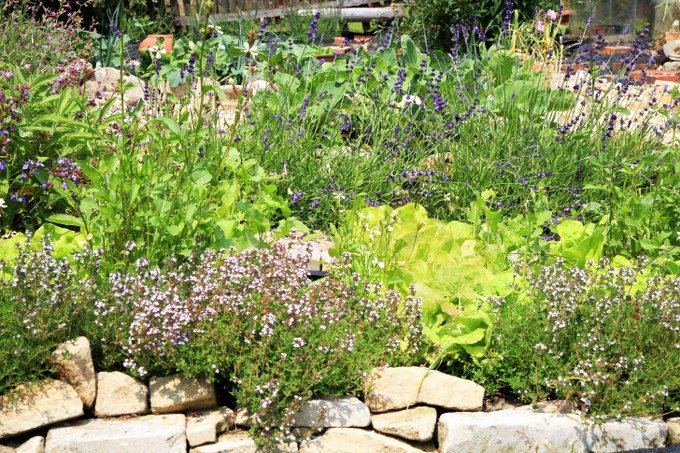
Cooking wouldn’t be the same without herbs. They add unique flavour which can greatly compliment every meal and turn it into a delicious treat to be remembered for its taste. Herbs are also widely appreciated for their medicinal properties and value.
If there is one great thing about herbs, it’s that you can easily grow them in your home. Not only that, but growing herbs is relatively easy and doesn’t require great gardening experience. If you are keen on the idea of growing herbs, you should also know that a garden space is not even required. You are more than welcome to plant and grow herbs in your garden, if you have one, but nothing is stopping you from doing the same indoors. This is great news for the people who lack a garden but still want to try their gardening skill in growing herbs. Both growing locations have their benefits: the outdoors present greater opportunities in terms of space and better yields, plus provide more flavourful plants, while growing indoors is easy, requires no extra effort (such as weeding) and can be done the whole year round. Here are some other specifics for growing herbs outdoors and indoors:

Indoor herb garden specifics:
- Location of your garden - one of the most important factors for starting an indoor herb garden is choosing the right location. The thing to consider here is how many hours of bright sunlight your herbs receive. Gardening experts agree that herbs require 6 hours of bright sunlight at the very least. With that in mind, locating your herb garden at southwest facing windowsills presents the best opportunity for getting the most light. Ideally, you want to place your herbs in a corner with one window facing west and one facing south. Acquire grow lights, if providing adequate lighting for your herbs is problematic.
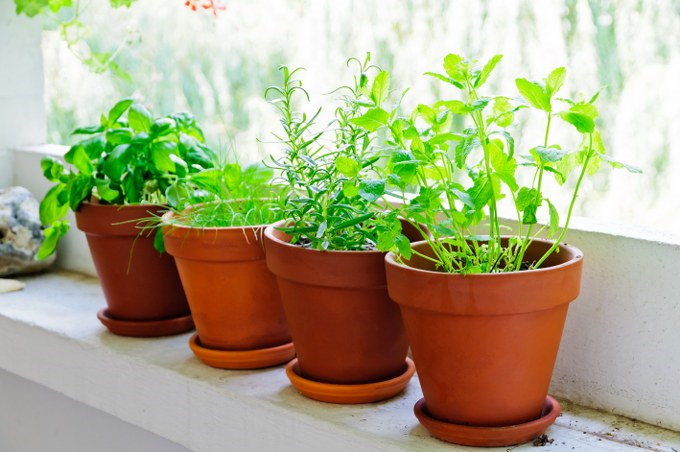
- Growing medium over garden soil - growing herbs indoors is done better with organic growing medium rather than garden soil. Every gardening centre offers a mix that you can use. Alternatively, you can make your own mix. One way of getting the ideal soil mix is to have equal parts builder’s sand, sterile topsoil and compost added together, plus some organic fertiliser. For a soilless mix, you can combine one part perlite, one part vermiculite and 4-6 parts peat moss. Adding nutrients can better the mix.
- Watering - keep the soil or growing medium of your potted herbs moist, but be careful not to overwater them. You need to be careful with this, as keeping the containers soggy may cause the roots to rot. You will know when it’s time to water by the top of the soil or growing medium - when it has dried out completely, you can water. A moisture meter can greatly help you in that regard.
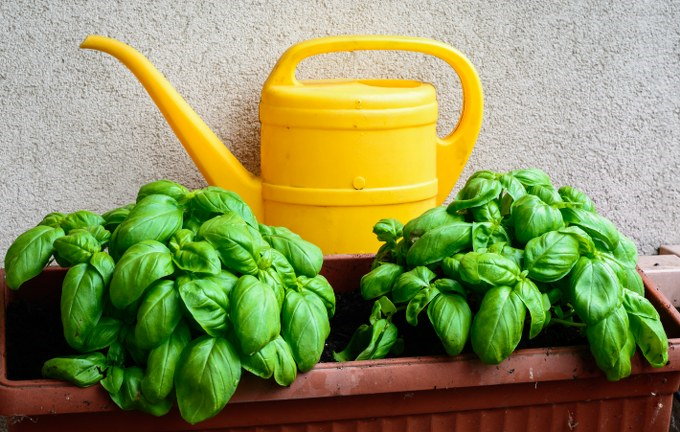
- Types of herbs best grown inside - annuals, like oregano, dill and basil can be grown all year round indoors. As for perennials parsley, sage, chives, thyme and sweet marjoram can be grown from seed or purchased as young plants. Keep those inside during the cold weather, but take the pots outside in the summer.
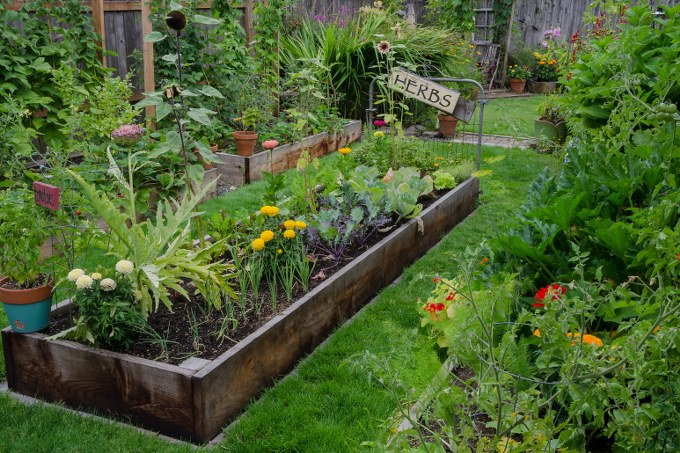
Outdoor garden specifics:
- Location of the garden - even though you are growing outside, choosing the right location is very important. Adequate amounts of sunshine will enable rich harvest. Most such plants require 6-8 hours of sun every single day to secure steady growth. Also consider the size of your garden and how much space you will need for your herbs. Read the instructions on your seed packet to determine how much space the type requires.
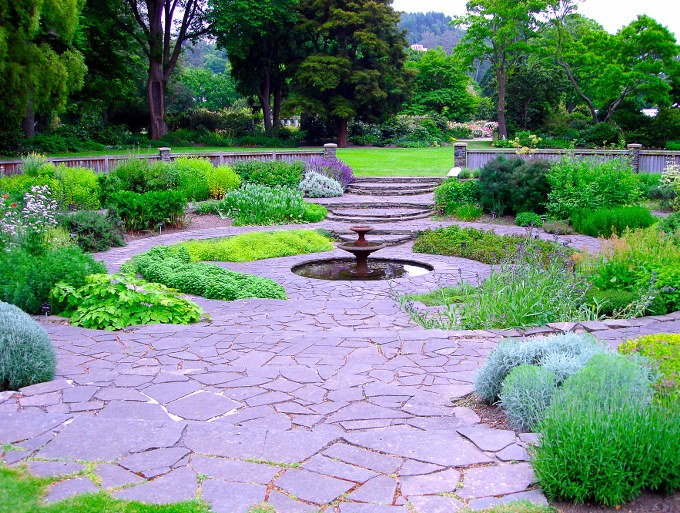
- Soil - outdoors herbs thrive best in loam soil that is well-drained. Your gardening efforts will be well rewarded if you add compost, peat moss or animal manures. The best soil conditions feature good drainage and ability to retain nutrients and moisture. Test your soil for acidity - the ideal conditions for growing herbs are pH between 6 and 7. In case the soil in your area is unfit for growing herbs, you can use raised beds for your gardening.
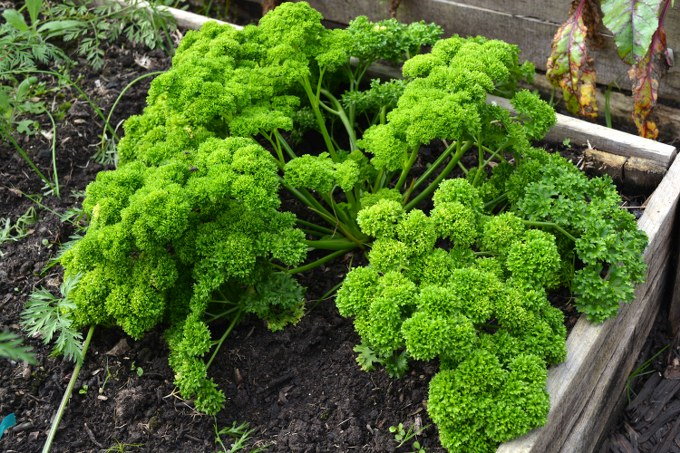
- Watering - keep the soil moist, but never soggy. If you are too frequent with light watering, the roots may be drawn to the surface of the soil, which is never a good thing. You are better off soaking the plants occasionally, but don’t allow the herbs to wilt between watering. It is best if you can group herbs that have similar needs together. That way watering will be effective and the plants will thrive.
Herbs are sturdy plants that you can easily grow in your home. Invest some time in gardening and you can reward yourself for the effort later with a fresh supply of herbs to add to your meals.




